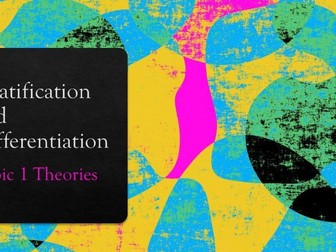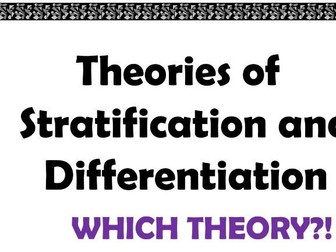Research Methods 10 mark answer structure and skills Unstructured Interviews
<p>This is a template students can use in order to answer 10 mark AQA questions on research methods.<br />
The table ensures the student uses all three skill areas in order to maximise their marks.<br />
There is an example of a completed table answering / planning a question on unstructured interviews<br />
At the end is a (rather long) example answer.</p>



